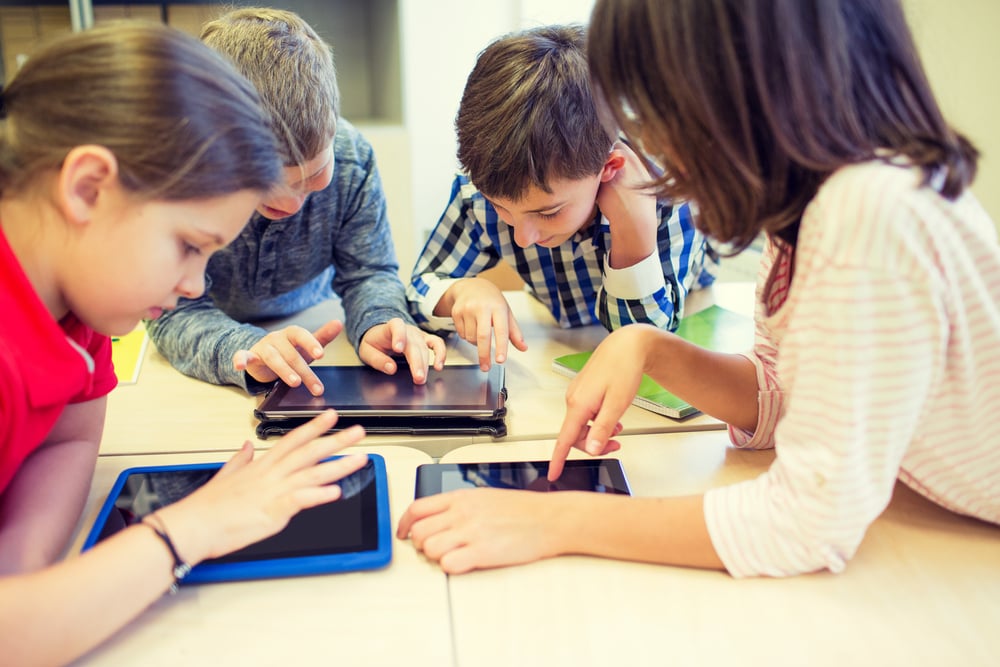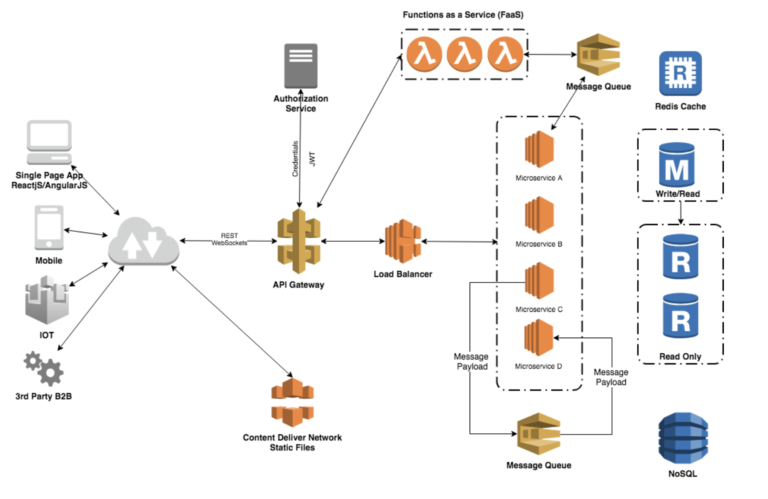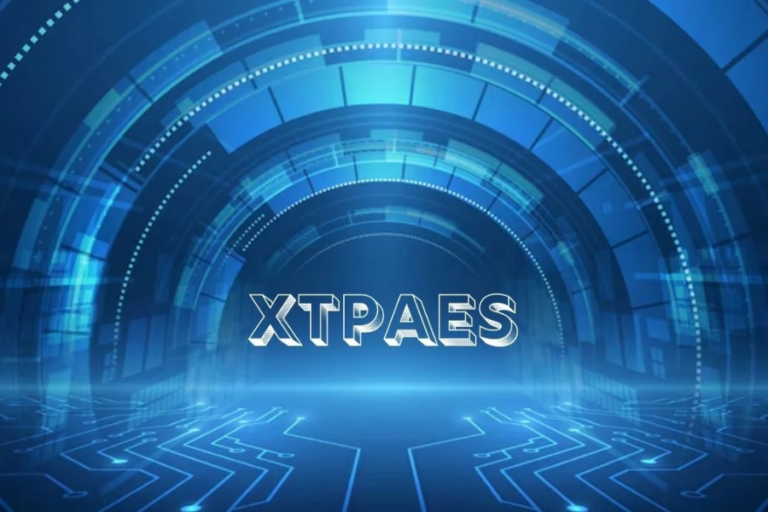10 Must-Have Educational Tools for Every Classroom
In today’s rapidly evolving educational landscape, technology has become an indispensable component of effective teaching and learning. From interactive whiteboards to educational apps, there is a myriad of tools available to educators to enhance the classroom experience. Here are ten must-have education tools that every classroom should consider integrating:
Interactive Whiteboards (IWBs):
Interactive whiteboards have revolutionized classroom teaching by providing dynamic, interactive learning experiences. Teachers can display multimedia content, annotate lessons in real-time, and engage students through interactive activities. With features like touch-screen capabilities and compatibility with educational software, IWBs promote active learning and collaboration among students.
Educational Apps:
Educational apps offer a wide range of learning opportunities across various subjects and grade levels. Whether it’s math drills, language learning, or science simulations, there is an app for virtually every educational need. Teachers can leverage these apps to supplement classroom instruction, differentiate learning, and provide personalized feedback to students.
Digital Learning Platforms
: Digital learning platforms provide a centralized hub for organizing course materials, facilitating communication, and assessing student progress. Platforms like Google Classroom, Canvas, and Schoology streamline administrative tasks, foster collaboration, and enable blended learning environments where students can access resources anytime, anywhere.
Document Cameras:
Document cameras enable teachers to display physical documents, textbooks, and 3D objects to the entire class in real-time. With high-resolution imaging and adjustable angles, document cameras enhance visual learning experiences and allow for detailed examination of subject matter. They are particularly useful for demonstrating hands-on activities and conducting interactive science experiments.
Online Collaboration Tools:
Online collaboration tools such as Google Docs, Microsoft Teams, and Padlet empower students to collaborate on projects, share ideas, and provide feedback in real-time. These tools promote teamwork, communication, and critical thinking skills, preparing students for success in the digital age where collaboration is essential.
Adaptive Learning Software:
Adaptive learning software utilizes algorithms to personalize instruction based on individual student needs, preferences, and learning styles. By analyzing student performance data and adjusting content accordingly, adaptive learning software provides targeted remediation and enrichment opportunities, ensuring that each student receives tailored instruction.
Augmented Reality (AR) and Virtual Reality (VR) Headsets: AR and VR headsets immerse students in virtual environments, allowing them to explore historical landmarks, dissect virtual organisms, and conduct virtual field trips without leaving the classroom. By leveraging the power of experiential learning, AR and VR technology sparks curiosity, enhances retention, and fosters deeper understanding of complex concepts.
Online Assessment Tools:
Online assessment tools offer a variety of assessment options, including quizzes, polls, surveys, and formative assessments. Teachers can use these tools to gauge student understanding, track progress over time, and identify areas for intervention. By providing immediate feedback and analytics, online assessment tools support data-driven decision-making and personalized instruction.
Digital Storytelling Platforms:
Digital storytelling platforms such as Adobe Spark and Storybird empower students to create multimedia-rich narratives incorporating text, images, audio, and video. By harnessing the power of storytelling, students develop creativity, communication skills, and digital literacy. These platforms also offer opportunities for cross-curricular integration and self-expression.
Coding and Robotics Kits:
Coding and robotics kits introduce students to computational thinking, problem-solving, and STEM concepts in a hands-on, engaging manner. Through coding activities and robotics projects, students learn to design, program, and troubleshoot interactive devices, fostering 21st-century skills such as critical thinking, collaboration, and perseverance.
Conclusion:
these ten education tools represent just a glimpse of the vast array of resources available to educators seeking to enhance the classroom experience. By integrating these tools into instruction, teachers can create dynamic, interactive learning environments that meet the diverse needs of today’s learners. Whether it’s through interactive whiteboards, educational apps, or digital storytelling platforms, technology has the power to transform teaching and learning, preparing students for success in an increasingly digital world.
Stay in touch to get more updates & news on World Times!







